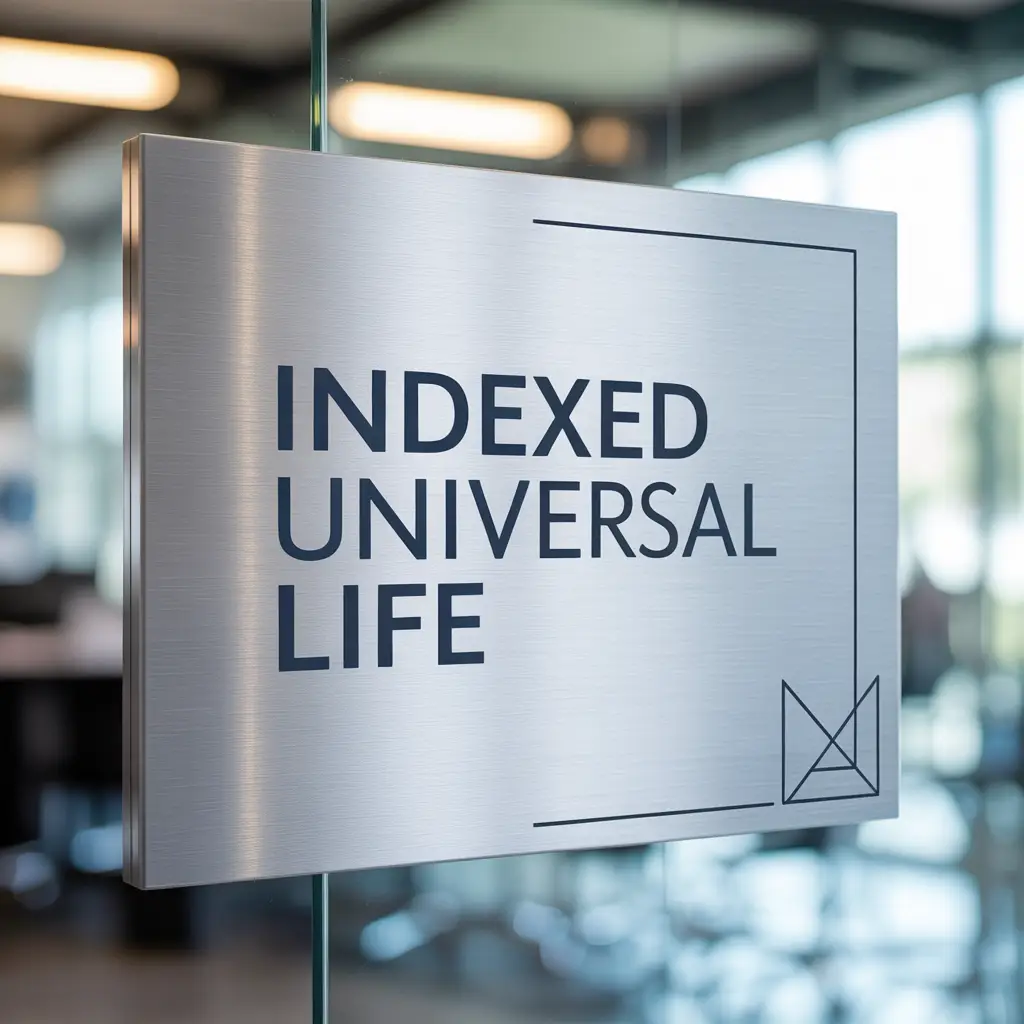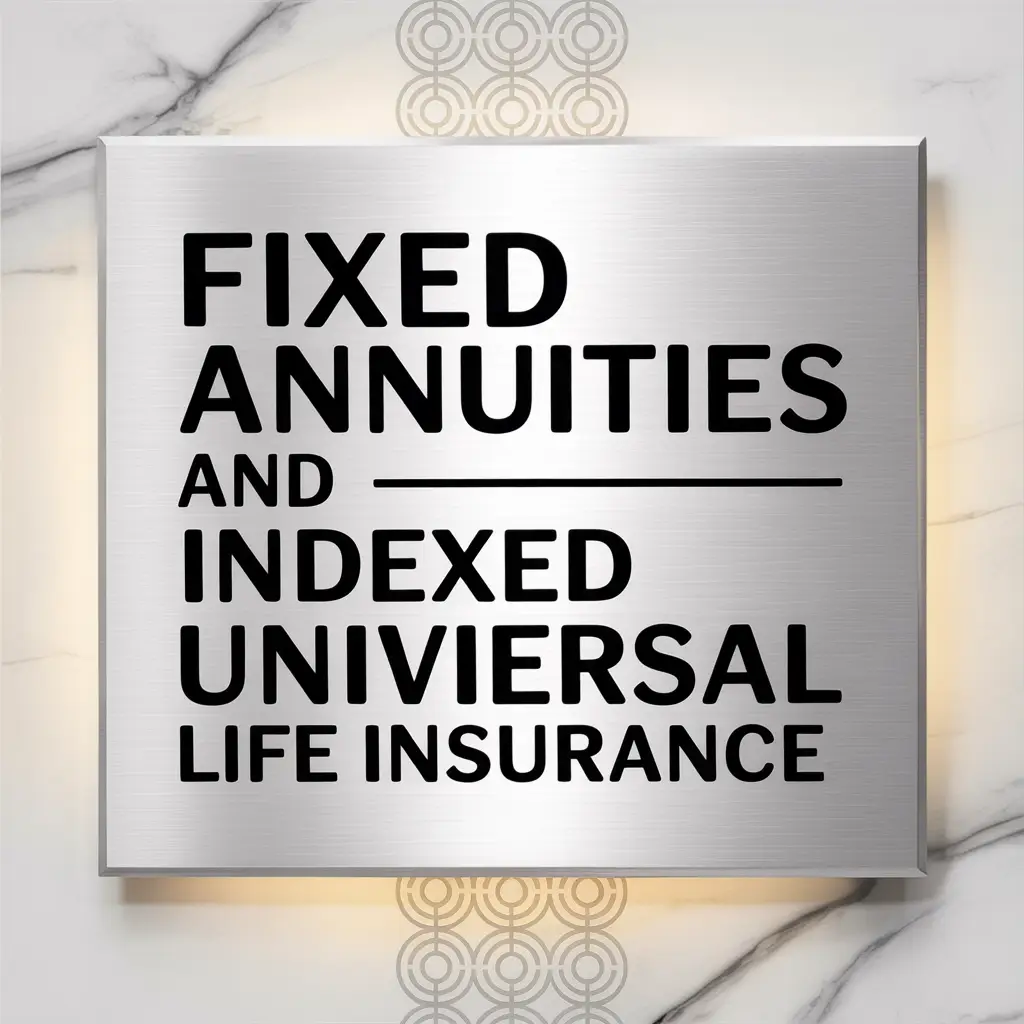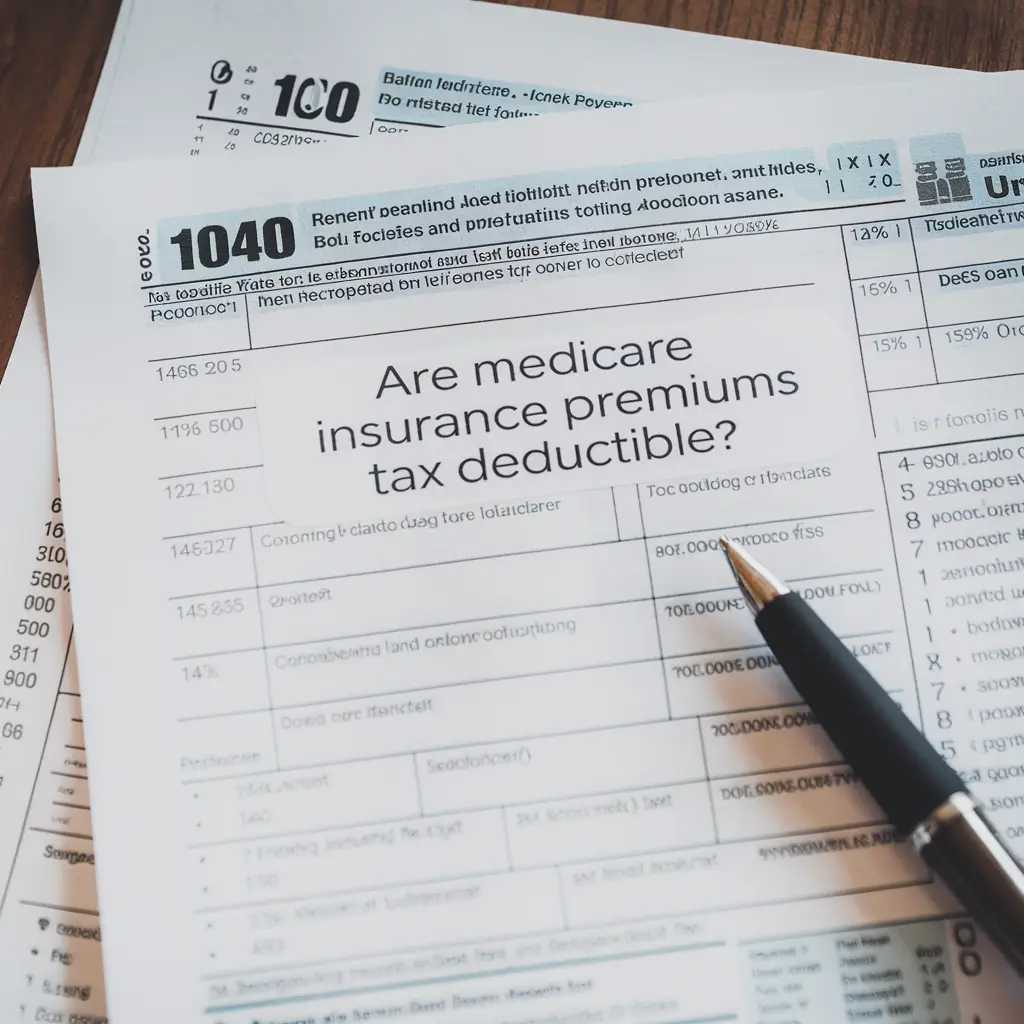When clients first hear about Indexed Universal Life (IUL) insurance, their reactions often follow a predictable pattern: initial skepticism (“It sounds too good to be true”), followed by curiosity (“How exactly does that work?”), and finally, genuine interest (“Could this be right for my situation?”).
As a financial advisor who specializes in IUL policies, I’ve found that much of the confusion stems from misunderstanding how cash value actually grows within these unique insurance contracts. Let’s pull back the curtain and explore the mechanics of IUL cash value growth—how it works, what makes it different, and why it might matter for your financial strategy.
Beyond Basic Life Insurance: The IUL Difference
Before diving into cash value mechanics, it’s important to understand what makes IUL distinct from other life insurance policies.
Traditional permanent life insurance (like whole life) typically offers guaranteed but modest cash value growth. Variable life insurance, on the other hand, allows for direct market investment but exposes your cash value to market losses. Indexed Universal Life occupies a fascinating middle ground, offering potential for higher returns than traditional permanent insurance without the downside risk of variable policies.
This unique positioning is what makes IUL worth understanding, especially for those seeking both protection and accumulation potential.
How IUL Cash Value Actually Grows: The Four Components
The growth of cash value within an IUL policy involves four primary components working together:
1. Premium Payments (The Fuel)
When you pay premiums into an IUL policy, a portion goes toward the cost of insurance and policy expenses, while the remainder enters your cash value account. This cash value component is what has the potential to grow over time.
Unlike term insurance, where premiums simply “buy” coverage, premium dollars in an IUL policy serve a dual purpose—maintaining the death benefit while also building a financial asset you can access during your lifetime.
2. Indexed Crediting (The Growth Engine)
Here’s where IUL becomes truly distinctive. Your cash value growth is tied to the performance of a market index (like the S&P 500, NASDAQ-100, or a combination of indices) but with crucial modifications:
- Participation rates determine what percentage of the index’s positive performance gets credited to your account. For example, a 100% participation rate means your account would be credited with the full eligible index return (subject to caps and floors).
- Caps limit the maximum return you can receive in a given crediting period, regardless of how well the index performs. For instance, if your policy has a 12% cap and the index returns 15%, your account would be credited with 12%.
- Floors provide downside protection by establishing a minimum crediting rate (typically 0-1%) even if the index performs negatively. This means if the market drops 20%, your cash value doesn’t lose principal—it simply receives the floor rate.
This crediting mechanism creates the defining characteristic of IULs: upside potential linked to market performance with downside protection against market losses.
3. Policy Charges (The Costs)
Various charges affect the net growth of your cash value:
- Cost of insurance charges cover the actual life insurance protection
- Administrative fees pay for policy maintenance
- Premium expense charges are taken from premium payments
- Potential surrender charges apply during the early years if you terminate the policy
These costs vary significantly between insurance carriers and specific products, making carrier and policy selection critical to long-term performance.
4. Compound Growth (The Multiplier)
As your cash value grows, the base amount for future growth increases, creating a compounding effect over time. This compounding, combined with the tax-deferred nature of the growth, can create significant accumulation advantages over the long term.
A Simplified Example: IUL Cash Value in Action
Let’s illustrate with a hypothetical scenario:
David, age 45, purchases an IUL policy with a $500,000 death benefit. He pays $12,000 annually in premiums. Here’s a simplified look at how his cash value might develop:
Year 1:
- Annual premium: $12,000
- Less policy costs: -$3,600
- Net to cash value: $8,400
- Indexed crediting (assuming 7% index return with 100% participation and 10% cap): $588
- End of year cash value: $8,988
Year 5:
- Beginning cash value: $44,730
- Annual premium: $12,000
- Less policy costs: -$3,500
- Net addition to cash value: $8,500
- Indexed crediting (assuming 6% return): $3,194
- End of year cash value: $56,424
Year 15:
- Beginning cash value: $209,307
- Annual premium: $12,000
- Less policy costs: -$3,300
- Net addition to cash value: $8,700
- Indexed crediting (assuming 8% return): $17,440
- End of year cash value: $235,447
Year 25:
- Total premiums paid: $300,000
- Projected cash value: $568,920
- Death benefit: $800,000+
This example demonstrates how cash value can grow over time through the combination of premium contributions, indexed crediting, and compound growth—even after accounting for policy charges.
The Critical Factors Affecting IUL Cash Value Performance
Several factors significantly impact how your specific IUL policy’s cash value will perform:
1. Index Crediting Method Selection
Most IUL policies offer multiple indexing strategies, each with different potential risk-reward profiles:
- Annual point-to-point (most common): Measures index growth from one policy anniversary to the next
- Monthly sum: Adds up monthly index changes (positive and negative) and credits the total, subject to caps
- Multi-year: Measures index performance over longer periods (e.g., 2-5 years)
The optimal strategy depends on market conditions and can be adjusted over time, making this a dynamic component of policy management.
2. Cap and Participation Rate Levels
Higher caps and participation rates create greater upside potential. Some policies offer uncapped strategies (though these typically have lower participation rates) or strategies with higher caps but with an asset fee that reduces the effective return.
3. Policy Design and Funding Level
How a policy is structured and funded dramatically impacts cash value growth:
- Minimum vs. maximum funding: Policies funded closer to the IRS-defined maximum (avoiding MEC status) typically generate more favorable cash value growth relative to the death benefit
- Death benefit option selection: Level death benefit options generally allow faster cash value accumulation compared to increasing death benefit options
4. Carrier Selection and Financial Strength
Insurance companies differ significantly in:
- How they set and adjust caps and participation rates
- Policy costs and fee structures
- Indexing options offered
- Historical performance in crediting competitive returns
This makes carrier selection one of the most consequential decisions in the IUL process.
Beyond Growth: Accessing Your IUL Cash Value
Understanding how cash value grows is only part of the equation—knowing how to access it completes the picture. IUL policies offer multiple access methods:
Policy Loans
Borrowing against your cash value offers significant advantages:
- Loans are not taxable events when structured properly
- No requirement to repay on a specific schedule (though unpaid loans accrue interest and reduce the death benefit)
- Many policies offer specialized loan options like zero-net-cost loans or wash loans that minimize or eliminate the effective cost of borrowing
Withdrawals
You can withdraw a portion of your cash value (generally up to your basis) tax-free. However, withdrawals permanently reduce your cash value and typically reduce the death benefit.
Policy Surrender
While rarely the optimal strategy, you can surrender the policy and take the cash value (minus any surrender charges), though potential tax consequences may apply.
Common Misconceptions About IUL Cash Value Growth
Several persistent myths create confusion about IUL performance:
Myth 1: “IULs guarantee high returns with no risk.”
Reality: IULs do not guarantee returns beyond the minimum floor rate (typically 0-1%). The potential for higher returns exists, but actual performance depends on index performance and policy parameters.
Myth 2: “IUL cash value grows at market rates.”
Reality: Due to caps, participation rates, and the exclusion of dividends from index crediting calculations, IUL returns will generally be lower than direct market investments during strong bull markets. The trade-off is protection during market downturns.
Myth 3: “All IULs perform similarly.”
Reality: Enormous variation exists between carriers and products. Policy design, funding strategy, and carrier selection dramatically impact performance.
Is IUL Cash Value Growth Right for Your Financial Strategy?
IUL policies can be powerful tools for specific financial objectives, particularly:
- Tax-advantaged retirement income supplementation
- Estate planning with living benefits
- Business planning applications
- College funding strategies
- Legacy creation with lifetime access potential
However, they’re not universal solutions. IULs tend to work best for individuals who:
- Have maxed out traditional retirement accounts
- Seek tax diversification in their retirement strategy
- Value downside protection with growth potential
- Want death benefit protection and living benefits
- Have long-term horizons (15+ years) for optimal performance
- Can fund policies consistently
The Value of Expert Guidance
Given the complexity and consequential nature of IUL decisions, working with a financial advisor who specializes in these policies is critical. An experienced advisor can:
- Illustrate realistic performance expectations based on conservative assumptions
- Compare multiple carriers and products to find optimal fits
- Design policy funding strategies aligned with your specific objectives
- Provide ongoing management of indexing strategies
- Guide appropriate access strategies when the time comes to use the cash value
Conclusion: Beyond the Basics
Indexed Universal Life insurance represents a sophisticated financial tool that, when properly understood and implemented, can provide unique advantages in a comprehensive financial strategy. By understanding how cash value actually grows within these policies, you can better evaluate whether an IUL might serve your specific needs and objectives.
If you’re considering an IUL policy or want to better understand an existing one, I welcome the opportunity to provide a personalized analysis of how this strategy might fit into your broader financial picture.
This blog post is for educational purposes only and should not be considered financial advice. Please consult with a qualified financial professional before making any investment decisions.









